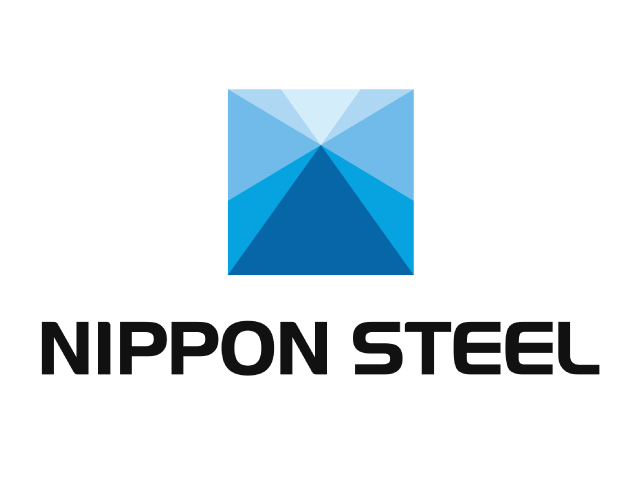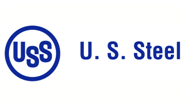Steel Mills

Letter to the Editor: Steel Mills Face a Real Conundrum
Written by John Packard
January 11, 2015
Steel Market Update received an email late last week that spoke to the problems the domestic steel mills are facing right now: a weak global steel market, strong dollar, all U.S. production facilities up and running, growing steel inventories, low in-put costs and a collapse in demand from the energy sector. We thought our readers would be interested in this steel executive’s opinions about the future of the industry and steel prices:
“We are moving into a fascinating market. The mills have nearly every market factor working against them: high imports which show no sign of abating yet, a globally weak steel market, strengthening US dollar, strong/stable domestic production, higher and still growing inventories, iron input costs which are low and staying/moving lower (Iron Ore, DRI, Pig Iron, Scrap, etc), an abrupt collapse in demand from the Energy sector – especially OCTG – due to dramatic falling oil prices, and lastly, very weak order books. The exception is the relatively stable domestic demand picture in the US, especially vs. the rest of the world.
![]() “The mills have successfully consolidated, and yet they face a real conundrum: as their input costs continue to move lower, and now any energy-related expenses are moving lower as well, their break-even margins continue to move lower at the same time. Thus, while the market can only absorb so much volume given the current supply/demand dynamics, the mills can make money on any ton they can sell. I think there is still a sizable cushion at $590/ton HR (especially mini-mills), and they will continue to aggressively seek whatever volume they can muster. Normally, we don’t see the unique factors at play, as we have them now. It’s not normal to see your main ingredient (Iron) fall by 50% in a year, nor see the same for Oil/energy, especially in the same relative time range.
“The mills have successfully consolidated, and yet they face a real conundrum: as their input costs continue to move lower, and now any energy-related expenses are moving lower as well, their break-even margins continue to move lower at the same time. Thus, while the market can only absorb so much volume given the current supply/demand dynamics, the mills can make money on any ton they can sell. I think there is still a sizable cushion at $590/ton HR (especially mini-mills), and they will continue to aggressively seek whatever volume they can muster. Normally, we don’t see the unique factors at play, as we have them now. It’s not normal to see your main ingredient (Iron) fall by 50% in a year, nor see the same for Oil/energy, especially in the same relative time range.
“The old adage “the only cure for low prices is low prices”, certainly applies now. Ironically, the mills would be better served by a more intense and quicker fall in prices, so that the imports quit getting booked. This will at least set the stage for a revival in the springtime. At the same time, they need to pull back production – now, if they hope to stem the fall in prices sooner vs. later. I think the market ought to forget using $600/ton HR as a sort of desired floor, a level which has been relative until now, based on the past input costs. We are in the midst of a mill cost re-set which will likely be sustained in 2015 and beyond.”

John Packard
Read more from John PackardLatest in Steel Mills

Nippon could up investment in USS facilities to $7B: Report
It's the latest twist as the proxy battle heats up for Pittsburgh-based U.S. Steel.

Hybar expansion still on the table as Arkansas mill startup nears
As Hybar nears the completion of its $700-million rebar mill in Arkansas, the company said it is still “actively considering” building other steel facilities in the southern US.

Global steel production edges lower in February
February’s global raw steel output is tied with last December's for the fourth-lowest monthly production rate recorded over the past two years.

Fate of U.S. Steel hangs in the balance
The future of U.S. Steel remains unclear, but the proxy fight for control of the company is heating up. Shareholders will cast their votes on the company's future at the annual meeting in May.

Cliffs to idle Dearborn blast furnace, restart Cleveland furnace by July
Cleveland-Cliffs has decided to idle the steelmaking operations at its Dearborn Works in Michigan due to weak automotive demand.
